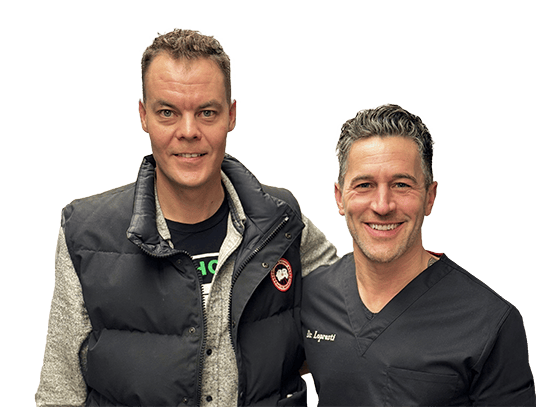Dr. Robert Leonard Identifies the 10 Most Treatable Celebrity Hairlines During National Hair Loss Awareness Month
CRANSTON, Rhode Island – In recognition of National Hair Loss Awareness Month this August, Dr. Robert Leonard, chief surgeon and founder of Leonard Hair Transplant Associates, is revealing his top 10 list of treatable celebrity hairlines. The list includes television and movie stars and some favorite celebrity chefs, including:
1. Jack Nicholson
2. Bruce Willis
3. Tim McGraw
4. John Travolta
5. Gene Simmons
6. Tom Colicchio
7. Mario Batali
8. Liam Neelson
9. Rainn Wilson
10. Ben Affleck
“All of these celebrities have some degree of hair loss, from very minor to being completely bald,” said Dr. Robert Leonard. “And, while some have opted to wear hair pieces to mask the condition, there are techniques including NeoGraft and traditional hair transplant procedures that will enable them to have their own naturally growing hair,” continued Leonard. “More and more leading Hollywood men have embraced hair transplantation as a necessary part of working in entertainment. I encourage these celebrities to come forward and investigate the possibilities.”
National Hair Loss Awareness Month falls during a timeframe when shedding hair is notable. According to Leonard, July and August are a common time of year for people to notice an increase in shedding hair. “Every summer men and women see more and more of their hair shed between July 4th and Labor Day,” said Dr. Leonard. “This is a yearly phenomenon, and despite its normality, we do not have a good answer as to the cause.”
In the 25 years that Dr. Leonard has been specializing in the diagnosis and treatment of hair loss, it is a regular occurrence that he addresses each summer. “The good news is that the shedding is self-limiting and will stop in early September,” added Dr. Leonard. “Unfortunately, there is yet another, even more significant shedding season during the months of November and December.”

